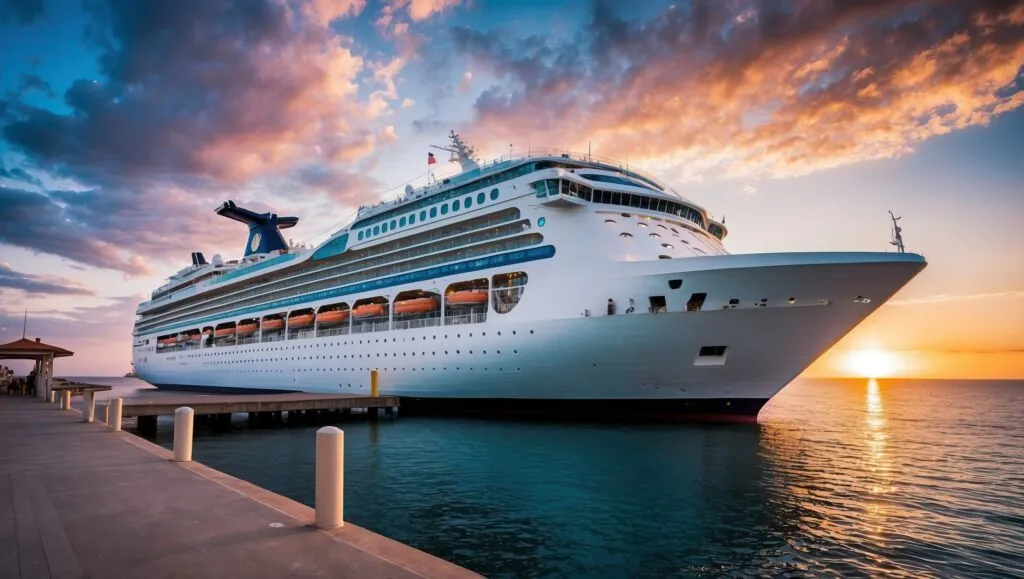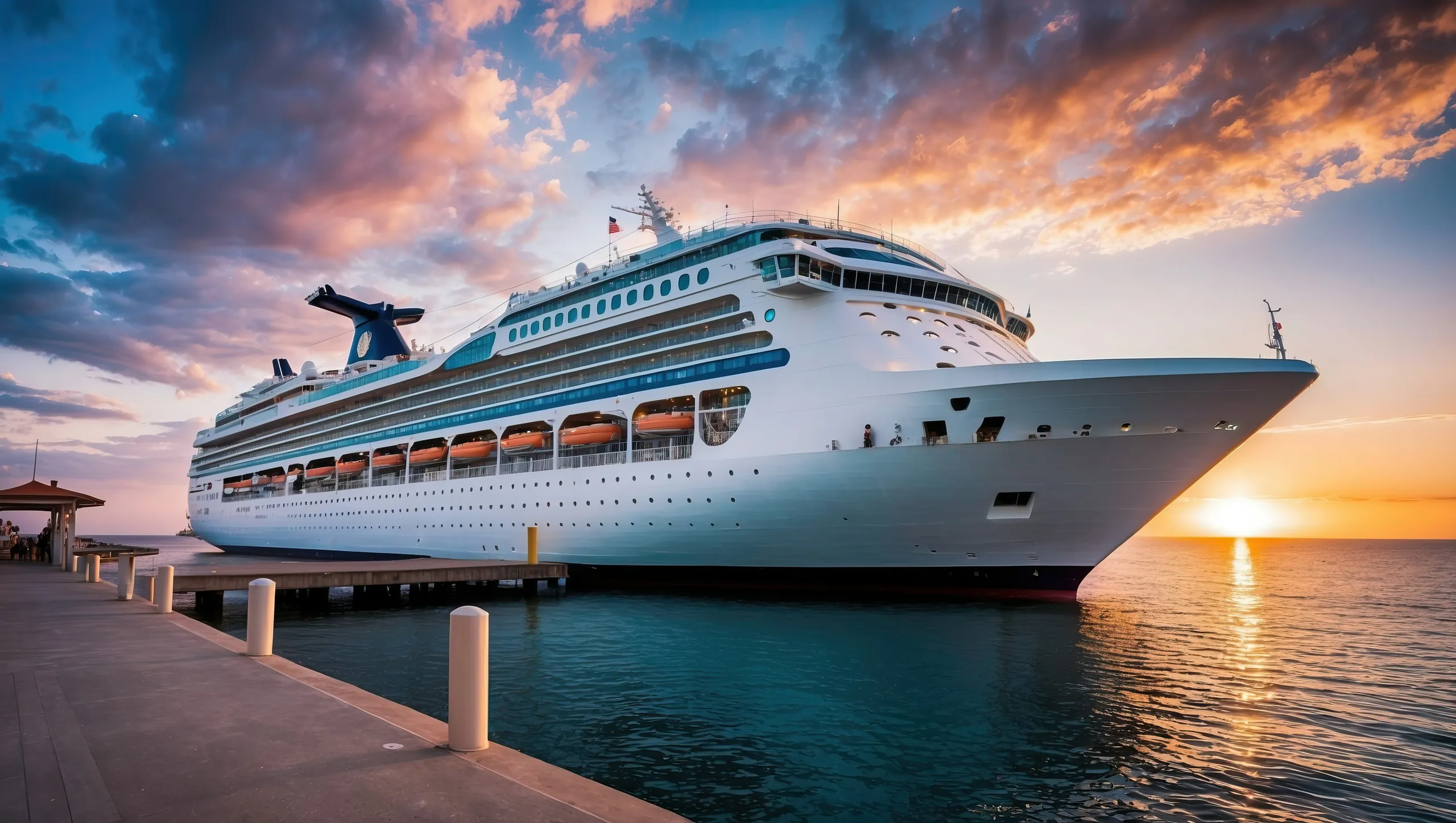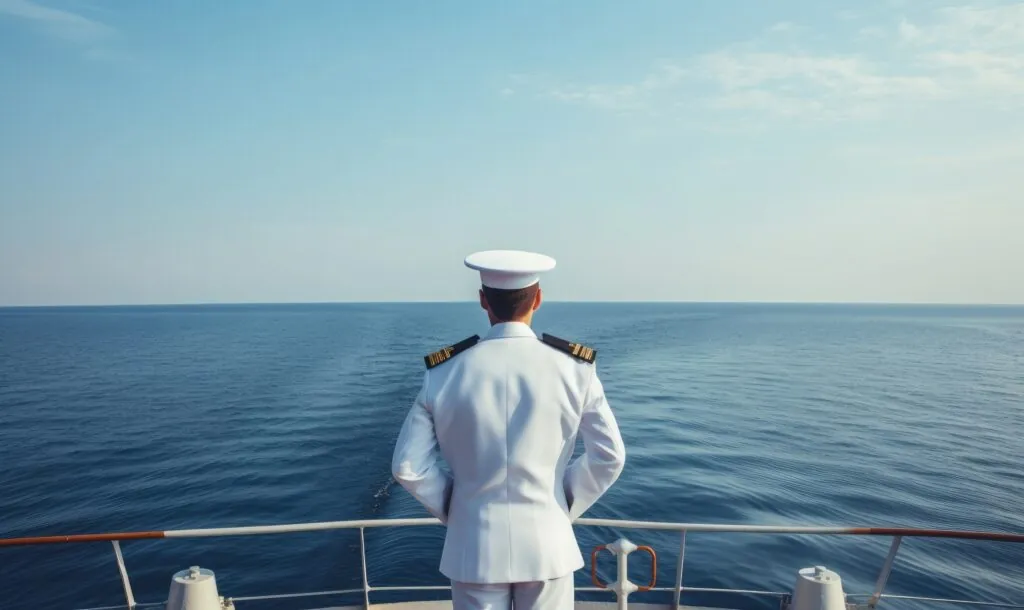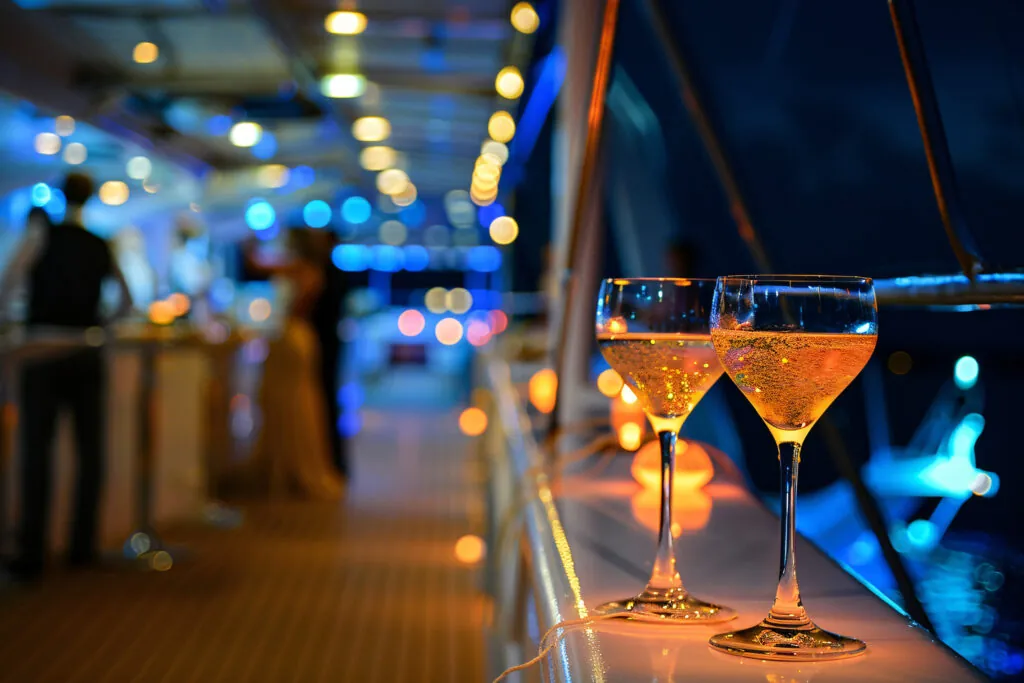How Cruise Ship Design Flaws Can Lead to Injuries—and Lawsuits
Cruise vacations are meant to be relaxing, luxurious experiences. Passengers board expecting comfort, safety, and convenience. However, beneath the surface of these floating resorts are serious architectural and structural risks that can lead to severe injuries.

Design flaws—whether in stairwells, decks, railings, or emergency exits—can pose life-threatening hazards. These aren’t just unfortunate oversights; they may be the result of negligence, cost-cutting, or non-compliance with international safety standards.
At The Cruise Injury Law Firm, we focus exclusively on helping passengers who have suffered injuries aboard cruise ships due to poor design or negligent construction. If you were injured and believe a ship’s layout or architecture played a role, our legal team can help you understand your rights and legal options under maritime law.
Understanding Common Cruise Ship Design Hazards
1. Stairway Lighting Deficiencies
Dim or inconsistent lighting in stairwells is a leading contributor to fall-related injuries aboard cruise ships. When passengers can’t see the steps clearly—especially at night or in rough waters—serious accidents can occur.
2. Slippery Deck Surfaces
Decks near pools or outdoor walkways often become slippery due to water accumulation. When these surfaces are constructed without proper drainage or slip-resistant materials, the risk of injury significantly increases.
3. Hazardous Balcony Railings
Balcony railings that are too low, improperly secured, or weakened by corrosion can lead to devastating falls. These structural flaws are often preventable with routine inspections and safe design practices.
4. Inaccessible Emergency Exits
Emergency exits must be clearly marked, unobstructed, and accessible to all passengers, including those with disabilities. Poor design, blocked corridors, or narrow passageways can create fatal delays during evacuations.
5. Unsafe Cabin Bathroom Layouts
Improper bathroom design—such as abrupt elevation changes, poor grip surfaces, or tight layouts—can lead to dangerous slip-and-fall injuries in cabin spaces.
Who Is Responsible for Dangerous Cruise Ship Design?
The Cruise Line’s Duty of Care
Cruise lines are legally obligated to provide reasonably safe conditions for passengers. When they fail to address known hazards or ignore design flaws, they may be held liable for resulting injuries.
Third-Party Designers and Shipbuilders
Sometimes, liability lies with the ship’s architect, naval engineer, or construction company. These professionals are expected to adhere to maritime safety standards during the ship’s design and construction phase.
Complex Liability and Legal Strategy
In many cases, multiple parties share responsibility. Our firm conducts thorough investigations to determine whether a design oversight, maintenance failure, or safety protocol breach led to your injury—and who is ultimately accountable.
How to File a Claim for a Cruise Ship Design Injury
Step 1: Document the Hazard and Your Injury
Take photographs of the accident location and any visible injuries. If possible, ask other passengers or staff to provide witness statements. Secure copies of the ship’s incident report and seek prompt medical care.
Step 2: Understand Time Limits
Most cruise lines include strict deadlines in their ticket contracts—often requiring written notice of your injury within six months and a formal lawsuit within one year. Missing these deadlines may forfeit your right to sue.
Step 3: Contact a Maritime Injury Attorney
The Cruise Injury Law Firm focuses solely on cruise-related cases. We know how to navigate the complexity of cruise contracts, maritime jurisdictions, and the burden of proof for structural negligence. During your free consultation, we’ll evaluate your case and guide you through the next steps.
Step 4: Let Us Handle the Legal Process
Once you retain our firm, we take over all communication with the cruise line and their attorneys. We investigate the design flaw, gather expert testimony, and prepare your case for settlement or trial. Throughout the process, we keep you informed and in control.
Compensation Available for Victims of Design Flaws
1. Medical Costs and Ongoing Care
If a cruise ship’s design caused your injury, you may recover compensation for all medical expenses, including emergency care, hospital stays, surgeries, medications, rehabilitation, and future treatment.
2. Lost Income and Earning Capacity
Injuries often result in missed work. We help clients recover wages lost during recovery, as well as compensation for diminished future earning potential if the injury causes long-term or permanent disability.
3. Pain, Suffering, and Emotional Distress
Non-economic damages cover the physical pain and emotional trauma associated with the injury. Chronic pain, anxiety, PTSD, and depression are all recognized as valid components of a compensation claim.
4. Long-Term and Permanent Impact
In more severe cases, you may be eligible for additional damages related to disfigurement, reduced quality of life, the need for permanent assistance, or modifications to your home or vehicle.
Why Choose The Cruise Injury Law Firm?
A Law Firm That Focuses Exclusively on Cruise Ship Injuries
Most law firms dabble in cruise cases. We don’t. Cruise ship litigation is all we do—and that focus means we understand every nuance of maritime law, vessel safety requirements, and the cruise line defense playbook.
Proven Results and Technical Expertise
We’ve represented clients in lawsuits against the biggest names in the cruise industry and have recovered millions in compensation. Our team works with marine engineers, ADA experts, and architects to expose dangerous design flaws and prove liability in court.
Personal, Compassionate Representation
We treat every client like family. You’re not just a case number—you’re someone whose life has been disrupted by a preventable accident. Our team keeps you informed, involved, and supported throughout the legal journey.
Examples of Real Design Defect Cases
We’ve helped clients injured by a range of design failures, including:
- Slips on slick pool decks with no anti-slip treatment
- Falls down stairwells without proper lighting or handrails
- Injuries caused by loose or low balcony railings
- Trip-and-fall accidents in cabin bathrooms with hazardous layouts
- Delayed evacuations due to poorly marked or blocked exits
Each of these cases was successfully resolved through detailed investigations, expert analysis, and relentless legal advocacy.
Frequently Asked Questions About Cruise Ship Design Flaws and Legal Claims
Can I sue a cruise line if I was injured due to a design flaw?
Yes, you may sue a cruise line if your injury was caused by a dangerous or defective design on the ship. Under maritime law, cruise lines have a duty to provide a reasonably safe environment for passengers. If a design feature—such as poor stairway lighting, inadequate deck traction, or obstructed emergency exits—caused or contributed to your injury, and the cruise line knew or should have known about the hazard, you may have grounds for a personal injury lawsuit.
What types of injuries are typically linked to cruise ship design flaws?
Design-related injuries often involve slips, trips, and falls resulting from poor lighting, slick surfaces, or hazardous layouts. Common injuries include broken bones, sprained ankles, concussions, spinal injuries, and lacerations. In more severe cases, falls from balconies or obstructions during emergencies have led to catastrophic or even fatal outcomes. These injuries are preventable when ships are designed and maintained in accordance with safety standards.
Who can be held responsible for a cruise ship design flaw?
Liability may fall on more than just the cruise line. In many cases, third-party architects, naval engineers, shipbuilders, and safety inspection firms may also be responsible if they contributed to the flaw through poor design, faulty construction, or a failure to comply with maritime safety regulations. Our firm conducts detailed investigations to determine all potentially liable parties in your case.
What if the flaw violated ADA accessibility rules?
If a ship’s design violates the Americans with Disabilities Act (ADA), such as having inaccessible emergency exits or non-compliant bathroom layouts, it can significantly strengthen your case. Cruise lines and shipbuilders must comply with ADA regulations for passengers with mobility impairments. A violation that results in injury may be used to establish negligence and liability.
How long do I have to file a claim after an injury?
Most cruise lines impose strict time limits through their ticket contracts. Typically, passengers must provide written notice of injury within six months and file a lawsuit within one year of the incident. These deadlines are often enforceable, so it is crucial to act quickly after an injury. Delaying legal action can jeopardize your right to compensation.
Contact The Cruise Injury Law Firm Today
If you’ve been injured on a cruise ship due to unsafe design, don’t wait. These cases are time-sensitive, evidence-intensive, and legally complex. At The Cruise Injury Law Firm, we offer personalized, results-driven legal representation for passengers who were injured by design flaws that never should have existed in the first place.
We will evaluate your case at no cost, explain your rights under maritime law, and help you pursue full and fair compensation. Let us protect your rights while you focus on recovery.
Contact The Cruise Injury Law Firm today to schedule your free consultation.






